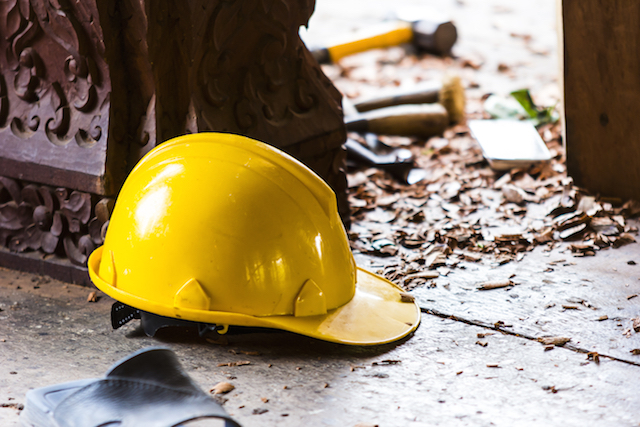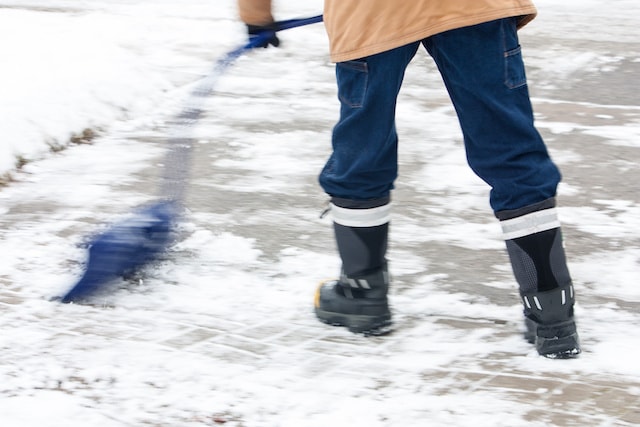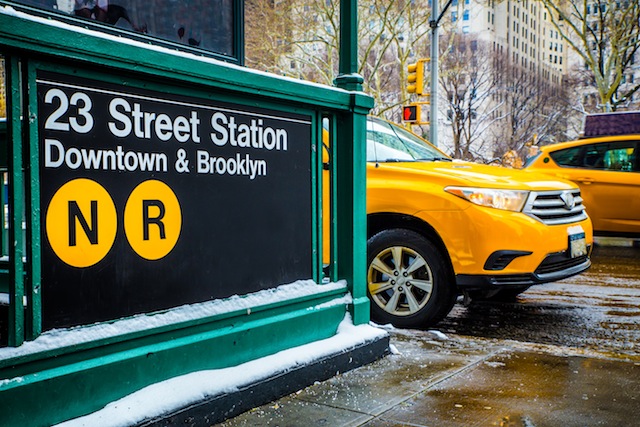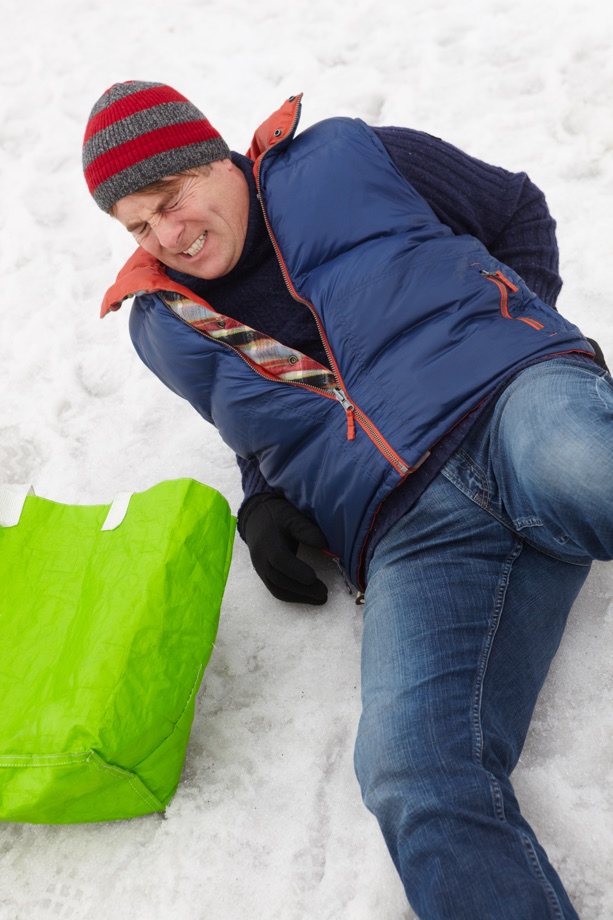Establishing Property Owner Liability in a Slip and Fall
Many terms related to personal injury law can be vague and amorphous to the non-lawyer – “negligence” and “duty” for example may not have obvious meanings to you. But “slip and fall” pretty much describes exactly what it is: a plaintiff slips on a dangerous surface, and then falls and injures himself as a result. While the thought of a person slipping and falling may bring to mind classic slapstick routines, actual slip and fall accidents are anything but a laughing matter.
Slip and fall accidents often lead to fractures, spinal cord injuries, traumatic brain injuries, and other serious damage. The consequences of these injuries can go on for years and decades, resulting in huge medical bills and rehabilitation costs, and pain and suffering endured over a lifetime. Individuals hurt in slip and fall accidents through the negligence of property owners may be entitled to claim compensation for their injuries. But how exactly is that negligence shown?
Proving Property Owner Negligence in Slip and Fall Accidents
In most negligence cases, a defendant has to have taken an action which presented a foreseeable and unreasonable risk of harm to you the plaintiff. But in a slip and fall case brought against a property owner, negligence works a little differently. The property owner does not actually have to take the action which caused your injury (for example, spilled a bucket of soapy water that you then slipped on). Instead, property owners can be held liable where accidents occurred on their property and they failed to take reasonable steps to protect you as a visitor on their property. Specifically, the steps involved in proving a slip and fall case against a property owner are:
- The plaintiff must prove that the defendant owned the property in question and therefore owed a duty to you as a visitor. In most cases this can be proven easily, whether you were a customer, a residential guest, or using a public facility, although it may be more complicated if you were trespassing.
- The property owner failed to take reasonable steps to keep the property safe from the dangerous conditions that caused the slip and fall. This standard can change based on whether you were on the property as a customer or as a personal guest, but generally it means the owner should either take steps to prevent slips and falls from occurring or adequately clean up spills when the owner notices them. In many cases, this is proved through a showing that the owner or possessor of the property knew the dangerous condition existed but negligently failed to correct the hazard, or the hazardous condition existed on the property long enough that the owner or possessor should have found and corrected it before your slip and fall accident occurred.
- The property owner’s failure to take the above reasonable steps was the foreseeable cause of your injury. For example, if you claim to suffer migraine headaches from a fall, the property owner may try to argue the fall did not cause your headaches.
- You actually suffered the full extent of damages you are claiming recovery for.
Holding Landlords Liable for Slip and Fall Accidents on Residential Properties
Residential property landlords may also be held liable for slip and fall accidents suffered by tenants and other parties. To hold a landlord responsible, you must show that:
- The landlord had control over the hazardous condition.
- Repairing it would not have been unreasonably difficult or expensive.
- It was foreseeable that the hazardous condition could cause serious injury.
- The landlord’s failure to take reasonable steps to prevent an accident caused your injuries.
Get Legal Assistance in Bringing Your Slip and Fall Claim
At The Law Offices of Justin D. Brandel, we go the extra mile for our clients. You pay us no legal fees unless we win your case for you. If you have been injured in a slip and fall accident on the property of another, contact us today to schedule a free consultation.
- April 18, 2016
- 8:05 pm









